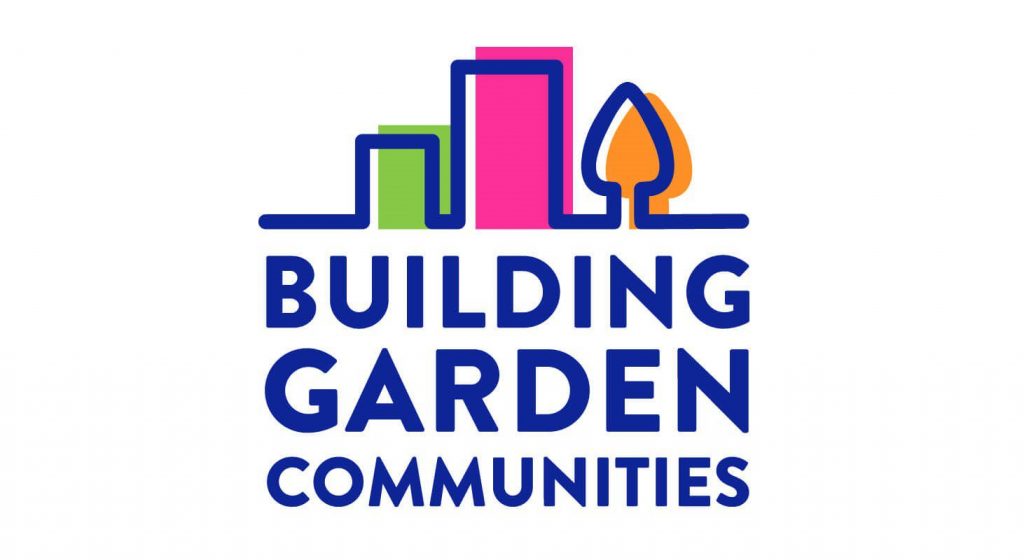
Key players in the development of garden communities have discussed the impact of new measures introduced by government to put people and beauty at the heart of the planning process at a round table led by the Building Garden Communities programme.
The government has recently introduced a new Office for Place to help local authorities and communities deliver beautiful green homes and places alongside an update to the National Planning Policy Framework (NPPF) and publishing the National Model Design Code to put communities in the driving seat of development plans and create local, binding, standards.
Chaired by Max Farrell, Founder and CEO of LDN Collective, the round table, in partnership with Willmott Dixon, SELEP (South East Local Enterprise Partnership), Essex Developers Group and Kent Housing and Development Group, held on 22 July, saw experts from across the public and private sector discuss how garden communities can build back beautiful.
It was agreed this needed to happen in the early stages, with beauty and sustainability needing to come hand in hand.
Brian Horton, SELEP’s Strategic Housing Advisor, said:
“We have been giving a lot of thought to what good looks like, post COVID-19, and I feel it’s allowed us to press the reset button and create ‘a new different’. We really must be ambitious so that in years to come we will look back and say ‘that new community there, those new homes, that way of living, was a positive legacy from the COVID period’.”
There were calls for clarity in the NPPF policy review to be made soon in order to enable those behind garden communities to plan and consult, and agreement round the table that the public have to be fully engaged from the masterplanning process through to delivery and taken on the journey.
John Howard, business development manager at Commonplace, said:
“Garden community projects can take 10 years or more, there is zero chance anyone remembers the initial consultation phase… it’s not the houses and units, but all the intangible stuff that makes it a community and continuous engagement is part of that.”
Lorna Taverner, Architect, Collida – Willmott Dixon, said:
“When you start to have consultation, people come with a preconceived notion of how something should be and if you don’t demonstrate that that it can be quite difficult. By turning that on its head, calling it engagement and asking for opinions of how people would like to live, what they would like to see, and making sure that it can adapt and change – that’s how we do it.”
There was also a call for greater stewardship on garden communities to ensure the beautiful aspects of a community are maintained beyond the buildings themselves.
Euan Hall, CEO of the Land Trust, said:
“The key term for me is stewardship, looking after that open space. It was through stewardship that you brought people together and you started creating communities. The design code needs to say this is what we need and this is how it’s got to be managed.”
You can read the report of the Garden Communities Round Table here.
The Garden Communities Round Table was made up of:
- Max Farrell, Founder and CEO of LDN Collective (Chair)
- Philip Box, Public Affairs and Policy Officer, the UK Green Building Council
- Mark Curle, Chair, Essex Developers Group
- Alastair Pollock, Strategy Coordinator, Essex Developers Group
- Rachael Donovan, Principal Planning Officer, Essex County Council
- Nick Fenton, Chair, Kent Housing and Development Group
- Liz Gibney, Partner, Lee Evans Partnership
- Euan Hall, CEO, The Land Trust
- Brian Horton, Strategic Housing Advisor, SELEP
- Lorna Taverner, Architect, Collida – Willmott Dixon
- John Howard, Business Development Manager, Commonplace